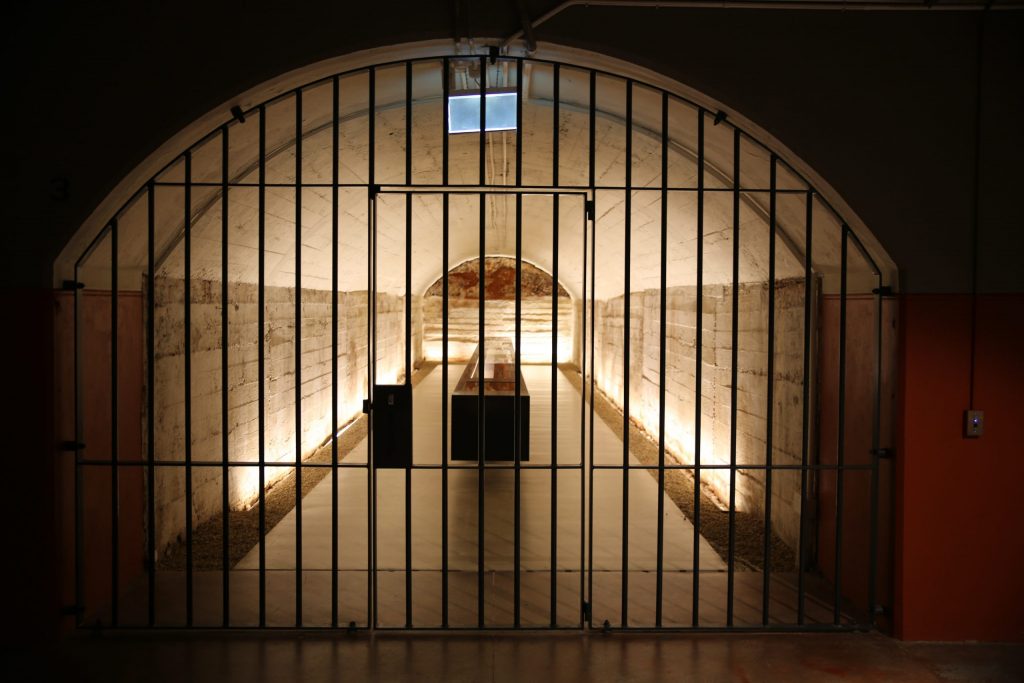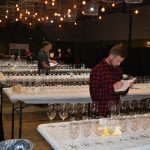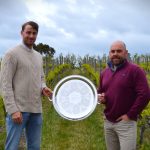Shiraz wine is an Australian institution. Since the mid-19th Century, Australian growers have been honing their winemaking craft and turning Shiraz grapes into spectacular wine on a world stage.
It’s an established fact that Australia produces some of the finest Shiraz wines in the world. As recently as 2019, Kellermeister’s Wild Witch 2015 Shiraz from the Barossa Valley took top honours at the London Wine Fair, and in 2020 d’Arenberg’s 2017 The Dead Arm Shiraz won Wine of the Year at the same competition. The variety’s origins in Australia stem from the pioneering work of iconic wine producer, Penfolds. Journalist Samuel Squire takes a dive into the backstory of Australian Shiraz and Penfolds, while also looking forward to where the wine is positioned in today’s market.
According to the whispers and murmurs of history, the Shiraz grape – commonly known as Syrah in other parts of the world – had its early story intertwined with the ancient Persian city of Shiraz in modern day Iran. Historical records tell us the city was synonymous with viticulture, poetry and had a culture of wine and, in turn, making it.
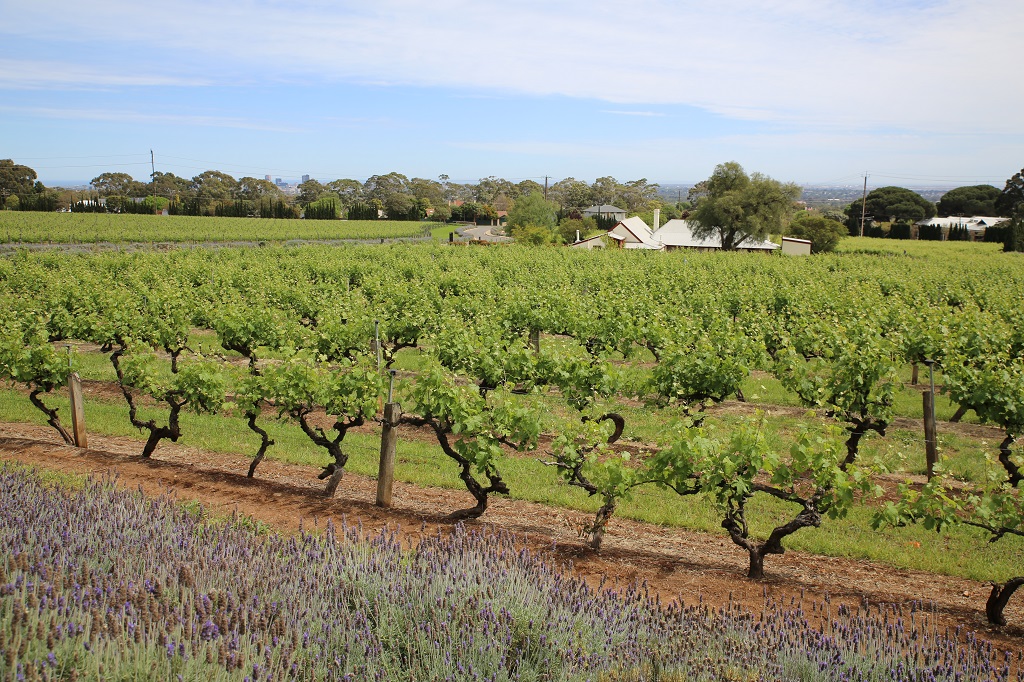
Pre-Islamic revolution, Iran’s history with winemaking was centuries-old, but once Iran’s clerical rulers came to power in 1979, alcohol was banned – a grim occurrence for a nation so proud of its winemaking past. Wineries were shut down, vineyards were ripped up and a culture surrounded by wine was consigned to the history books.
Legend has it that a 13th Century French crusader named Gaspard de Sterimberg, upon discovery of the Shiraz grapes in their namesake city, ‘liberated’ – or rather ‘borrowed without permission’ – some vine cuttings and brought them back to his farm in the northern Rhône Valley in France. While the city of Shiraz has ideal growing conditions for the varietal, with its mild winters and moderate summers, legends of Shiraz being the grapes’ native home aren’t quite true. DNA (deoxyribonucleic acid) testing done by Californian grape geneticist Dr Carole Meredith has debunked these rather romanticised origins of Shiraz to more humble roots.
The legend was quashed by the tests conducted by Dr Meredith, who determined that the Syrah/Shiraz grape is, in fact, a native of France’s Rhône Valley and not the ancient city of Shiraz.
Shiraz vines first made their way to Australia almost 200 years ago in 1832 as part of James Busby’s collection of cuttings from Spain and France. Busby is often considered the father of Australian wine.
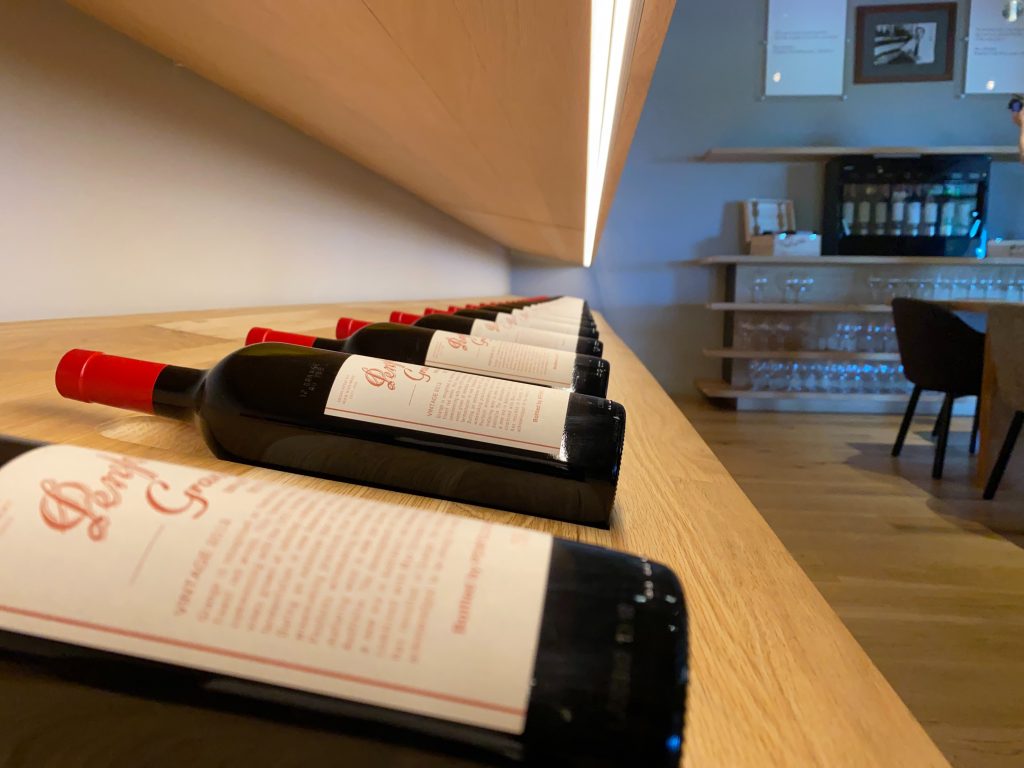
According to Wine Australia’s documents, the wines first produced by these new cuttings in Australia were labelled ‘Hermitage’, ‘Claret’ or ‘Burgundy’, often by generic bin numbers or with other non-varietal descriptors.
It wasn’t until the mid-19th century that Australians popularised the name ‘Shiraz’ for the wine on an international stage.
Australia lays claim to having some of the oldest Shiraz vines in the world. Langmeil Winery in the Barossa Valley has Shiraz vines planted in its ‘The Freedom’ Vineyard which date back to 1843. Turkey Flat planted its Shiraz vines in 1847.
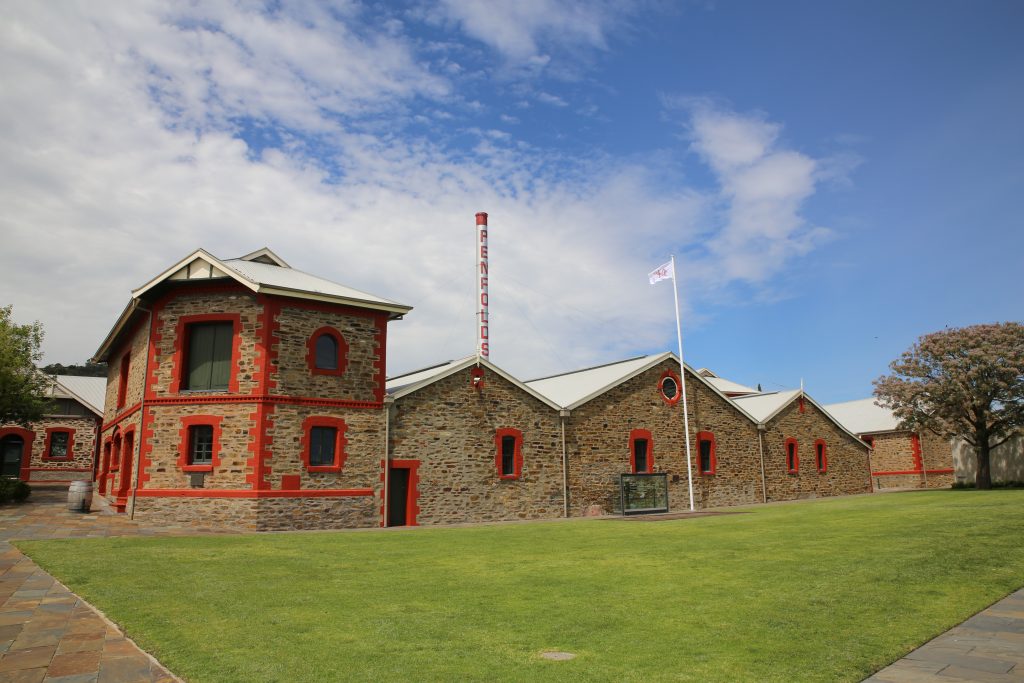
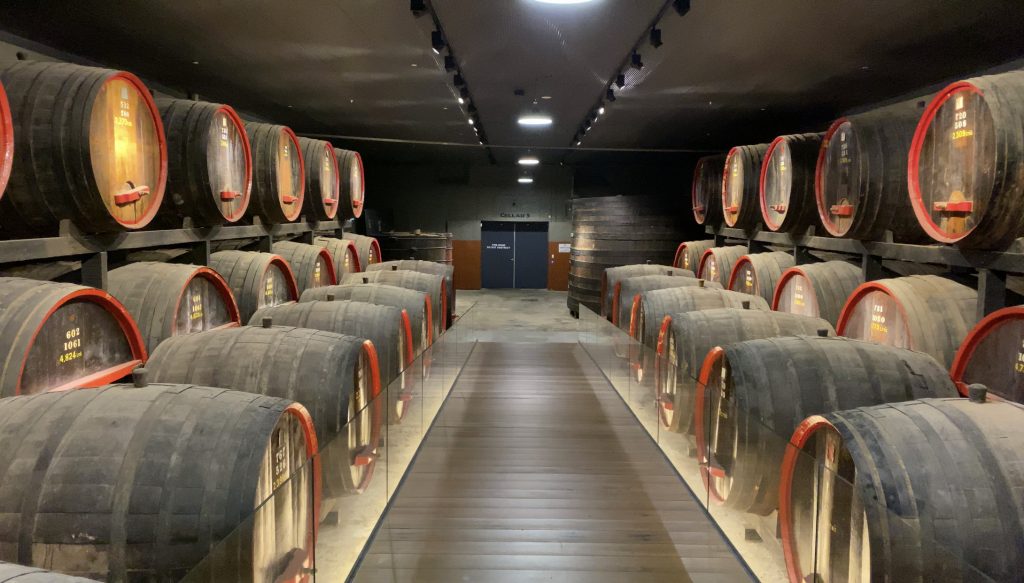
An Australian ‘obsession’
Nowadays, Australians are quite ‘obsessed’ by the variety, a fitting observation as it is the most widely planted variety in the country, producing a rough annual yield of more than 430,000 tonnes from recent data in 2016.
Shiraz takes centre stage in Australian wine markets and, with iconic producers like Penfolds at the helm of some of the best Shiraz production in the world, it’s easy to understand why.
Iconic wines like Penfolds Grange dominate the premium Shiraz market. A single 750ml bottle of Grange upon release generally retails for about AU$950. It is more of an investment of both finance and time, according to Penfolds’ global ambassador Jamie Sach.
Most already know Penfolds’ story. For those that don’t, here it is in brief.
The Penfolds story
Penfolds was founded in 1844 by Christopher Rawson Penfold, an English physician who migrated to South Australia with his wife, Mary.
Since then, the winery has laid claim to having had some of the nation’s best winemakers work there, including Peter Gago today, but in particular, Max Schubert, the ‘rebellious’ winemaker who created one of the world’s most iconic drops: Grange.
In 1931, Schubert put his foot through the metaphorical door at Penfolds in his ambitions to work there. And, in 1948, Schubert’s determination to make his mark at Penfolds landed him the role of chief winemaker at the ripe age of 33.
In 1950, Schubert took an educational trip under direction from Penfolds to Spain and Portugal to investigate their winemaking practices. But, after a side trip to France’s Bordeaux region, Schubert came home in time for the ’51 vintage with fresh inspiration.
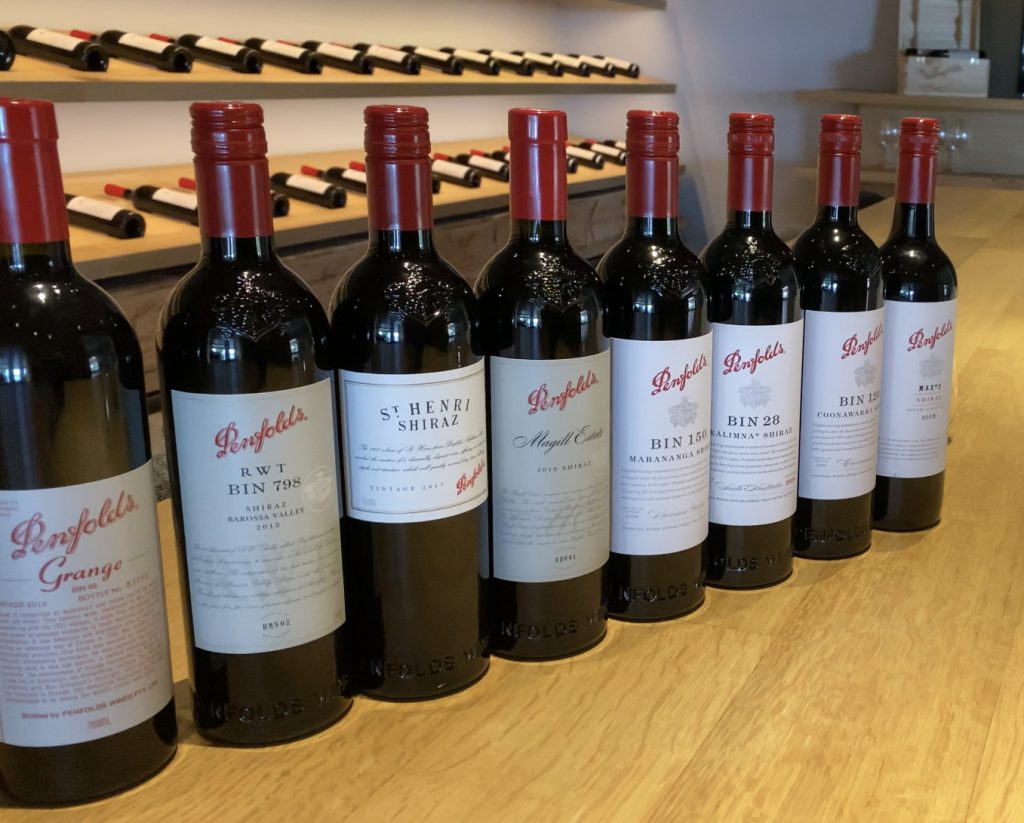
Grange: an experimental wine
He determined that the Shiraz (Syrah) grape was the prime variety to use to combine Australian techniques with his newfound inspiration from Europe, and so he made his first experimental wine, later to be dubbed Penfolds Grange.
Earlier, when Australian winemaking was still finding its roots in the 19th century, Penfolds’ wine production was mainly fortified wines because they were more stable and easier to produce. There was less chance of bacterial spoilage too.
At the time, Shiraz wasn’t often made into a single variety wine, much less a table wine. It was instead commonly used as a blending variety with other grapes like Grenache, Cabernet Sauvignon and Mourvèdre.
Jamie Sach says Penfolds saw the opportunity in their early days to start making table wines after iconic oenologist Arthur ‘Ray’ Beckworth tackled the common issue of bacterial spoilage in table wines.
From there, the Penfolds legacy with the Shiraz grape wrote itself.,/p>
“If you look at the formation of Adelaide in 1836, there was a flood of migrants to the city from Europe who brought vine cuttings with them,” Sach said.
“These people soon realised the climate of South Australia would favour the varietals of the Rhône Valley – Syrah, along with Grenache and Mataro. Shiraz proved to be very adaptable.
“In a Penfolds context, Shiraz with Grenache and Mataro, played a really important role in the fortified wines that were the major underpinning of our business in the early days.
“Of course, the pendulum swung away from fortified wines to table wines in the 1940s, and really this was led by consumer demand and demographic changes in Australia. If you look at what was happening in that period, there was WWII; migrants came to Australia after the war, bringing their tastes for different styles of wines and, slowly but surely, table wines began to be introduced to Australian consumers.”
Sach says Penfolds saw this as a golden opportunity.
“There were a few things that happened in the lead up to the creation of Grange. Arthur ‘Ray’ Beckworth was an oenologist brought on board by Penfolds management to try and tackle technical challenges of winemaking of the era,” he said.
“Fortified wines were popular with consumers around that time because they were sweeter styles, but also because they were easier to make from a wine stability perspective than table wines.
“One of the problems producers were running into was the bacterial spoilage of their wines. Ray set his task to try to overcome this barrier to table winemaking.
“He had a ‘shazam’ moment and thought it was to do with pH. He convinced management to buy an Oxford pH meter which he could use the electrodes into fermenting must and determine if the wine was in optimal pH range.
“Overnight, this revelation eliminated bacterial spoilage form the supply chain. This set the groundwork for Max Schubert who came in to start making table wines.”
Sach attributes the success of Shiraz in Australia to the grapes’ “easy-to-work-with” nature. He says it lends itself to being crafted into wine easier than other styles. “Some varietals lend themselves to being crafted easier than others, Shiraz is definitely one of those,” Sach said.
“Ordinarily, Shiraz is the first varietal harvested in any given year and it presents few challenges to the viticulturist in the lead up to the winemaking process.
“Shiraz tends to give a reasonably predictable result because it ripens early in [Australia’s] drier, warmer conditions.
Cabernet Sauvignon, by contrast, isn’t being harvested until the end of our vintage when the autumn weather conditions are ready to set in,” he continued.
“If you want to see a nervous viticulturist, take a drive to Coonawarra in April when they’re wondering how long they can leave the Cabernet on the vine, squinting at the clouds in the sky.”
